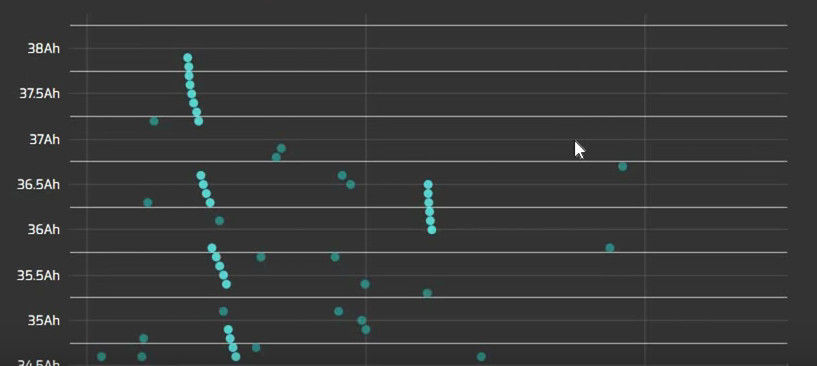Trex said:Trex said:Hi folks,
As my old degradation thread is now 36 pages :shock: long I will start a new one here as the old one has a lot of out of date information.
Now just to catch up of where I am currently with my oldest PHEV's drive battery which my oldest son now drives is we had below 80% SOH (about 77%) in Feb 2018.
After stuffing about with different dealers where the first could not get his MUT-III to communicate with my PHEV I finally got another dealer to get some tests done. It was there where they did a battery smoothing (cell balancing from what I could see) and a Auto Capacity Measured Procedure which empties the battery and measures what it takes to refill it and then adjusts the BMU SOH to include the new result. For me it took the SOH up to about 81% . Now the other day my son and I checked his drive battery and it was showing about 72% SOH so the gain did not last long so I will be trying to get a new drive battery before the 5 year warranty runs out in April.
But will have probably have to get another Auto Capacity Measured Procedure done again though.
Regards Trex.
After getting my oldest Phev's drive battery recalibrated again and the SOH went up to approx 75% and the data sent to MMAL, and been told by MMAL that they will NOT replace my drive battery.
So if you are a whinging German on youtube that moves to Australia and he buys a 2nd hand PHEV, from memory, you get your battery replaced. But if you buy 2 PHEVs brand new and was born and bred here no such luck.
Yep, sounds fair to me. :lol:
As an engineer, you should know that the squeaky wheel gets the grease! :lol:





























